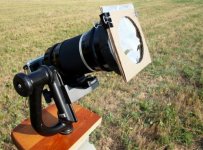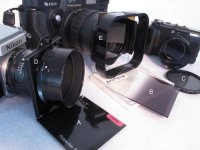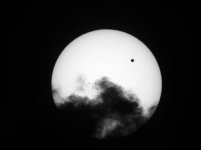Brian Atherton
Well-known
From day one I’ve always had a filter my lenses. All the best quality I can find, multi-coated. Depending on the subject, either a light yellow or UV – Heliopan or B+W on my Leica or Hoya UV on my digitals. Mostly it’s a UV.
I don’t abuse my gear but then I don’t baby it, either. Cameras and lenses are out in all weathers, rain or shine.
It’s safer cleaning a filter than a front element, and I feel happier.
For what it’s worth I use Rosco lens cleaning fluid: have done for years.
I don’t abuse my gear but then I don’t baby it, either. Cameras and lenses are out in all weathers, rain or shine.
It’s safer cleaning a filter than a front element, and I feel happier.
For what it’s worth I use Rosco lens cleaning fluid: have done for years.




